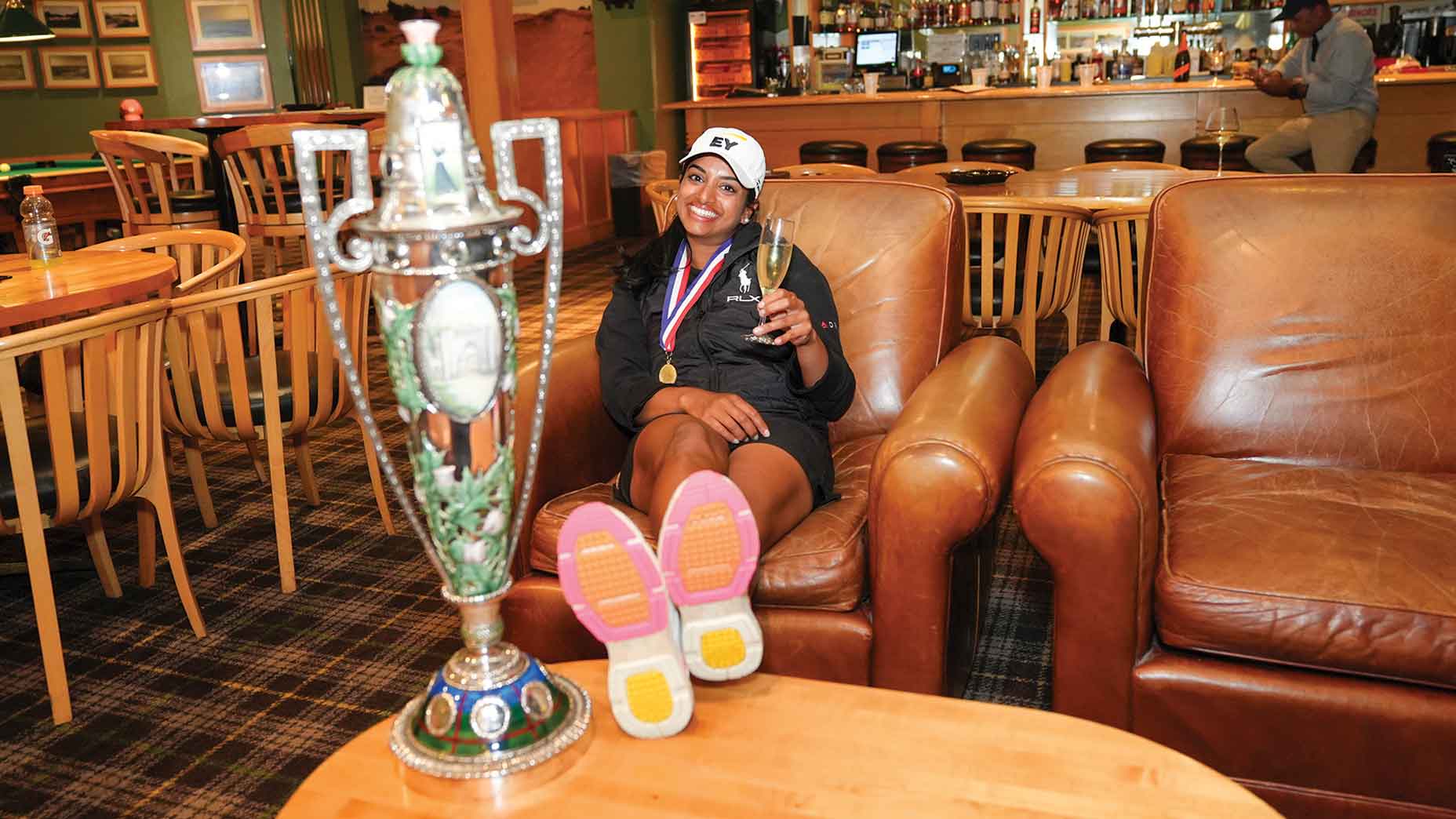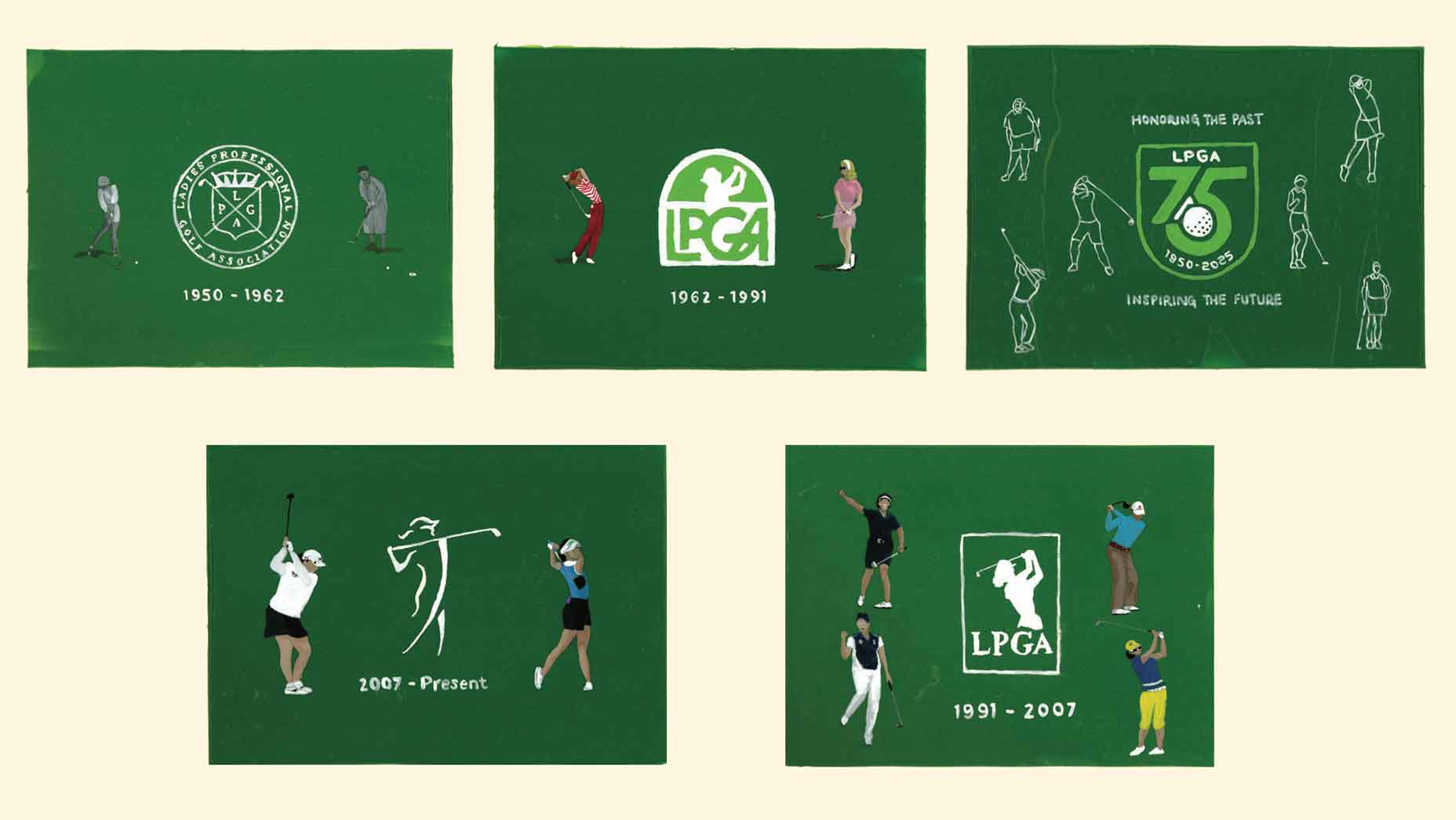Every job in golf is a good job. But some gigs — like this course designer (below) — make us especially envious! To browse more Best Jobs in Golf, click each link here: USGA Museum Curator | TaylorMade content creator | Luxury helicopter pilot | Titleist club builder | Superintendent’s dog | Gold Putter Vault guardian | Social media content creator | St. Andrews Starter | Callaway equipment innovator | Course photographer | Pinehurst bartender
***
Impostor syndrome is not a rare affliction. It can torment the most soaring talents. As one of a small handful of women in golf architecture, Christine Fraser has often wrestled with self-doubt, questioning her own place at the drafting table. But in clear-minded moments, she sees what’s plain to others: There’s no denying that she belongs.
The latest affirmation came this past summer, when Fraser, 35, signed on to renovate Toronto Hunt Club, an historic layout overlooking Lake Ontario, becoming the first woman ever to earn a lead design role on a course in Canada.
“There are some nerves that come with it and a big sense of responsibility,” she says. “But those feelings help motivate me, too.”
Fraser’s drive to make a life in design seems, in retrospect, almost pre-ordained. Raised in Ontario, she came to golf early, learning to play on a modest course that her grandparents built. A natural athlete — she also excelled at hockey — Fraser developed a sound swing. But to her, the game’s allure was less about shot-making than it was about the artistry of her surrounds.
“I was interested in the landscape, how water moved across it, the environmental aspect of growing grass on it,” Fraser says. “I was fascinated by how the course looked and evolved.”
The cool factor of Angela Moser’s job is simply off the chartsBy: Jessica Marksbury
In college, Fraser earned a partial golf scholarship to Stetson University, in Florida, where she competed on a traveling team that took her to top courses coast to coast. Their variety deepened her love for design. Now and then her coach would ask her when she might knuckle down and make a run at turning pro. That wasn’t in the plans. What followed was a master’s degree in landscape architecture, and a Stanley Thompson fellowship (named for Canada’s most storied architect) that funded a research trip to Scotland, where she made the acquaintance of the prominent British architect Martin Hawtree, for whom she wound up working for five years.
Even as she laid her hands on marquee courses ranging from Lahinch and Tralee to Royal Aberdeen, Fraser often was nagged by thoughts that she was trespassing in her own profession.
“To say that I’ve been unduly challenged because I was not allowed into the men’s clubhouse at Muirfield would be an exaggeration,” she says. “But I have often felt like I’ve had to work twice as hard to make sure that my input was valid.”
Impediments were often self-imposed. “But having reputable people who trusted me was pivotal,” Fraser says. “It gave me the confidence I needed to keep at it.”
In 2018, Fraser returned to Ontario to hang out her own shingle. She has since helped Hawtree with periodic projects and collaborated often with fellow Canadian architect Jeff Mingay. But clients increasingly call on her directly.
It is not lost on Fraser that other women architects blazed a trail before her. She never met the late, great Alice Dye. She has yet to cross paths with Jan Bel, who in 2019 became the first female president of the American Society of Golf Course Architects. The world is a big place. But the internet has made it smaller. Fraser has connected with Angela Moser and other leading female designers. Even when she’s feeling lonely in her trade, Fraser knows she’s not alone.
For all the others who’ve inspired her, Fraser has an aesthetic of her own. Her philosophy is rooted in eco-consciousness and accessibility, with less emphasis, she says, on the technical than on the experiential.
“My focus is really on how golfers feel when they’re playing a course,” Fraser says. “Let’s say there’s a forward tee with no grass on it, set off at strange angle with a long carry over water. Does that create a good feeling? A feeling of belonging? Or does it give you the sense that the tee you’re playing was almost stuck there as an afterthought?”
At Toronto Hunt, Fraser pitched a blueprint for what she describes as a “fun, sustainable and equitable” redesign, aimed at prolonging the playing days of older members while ensuring the enjoyment for golfers of all ages and abilities. Fraser knows the value of feeling welcome and has made it her mission to help others feel the same.











